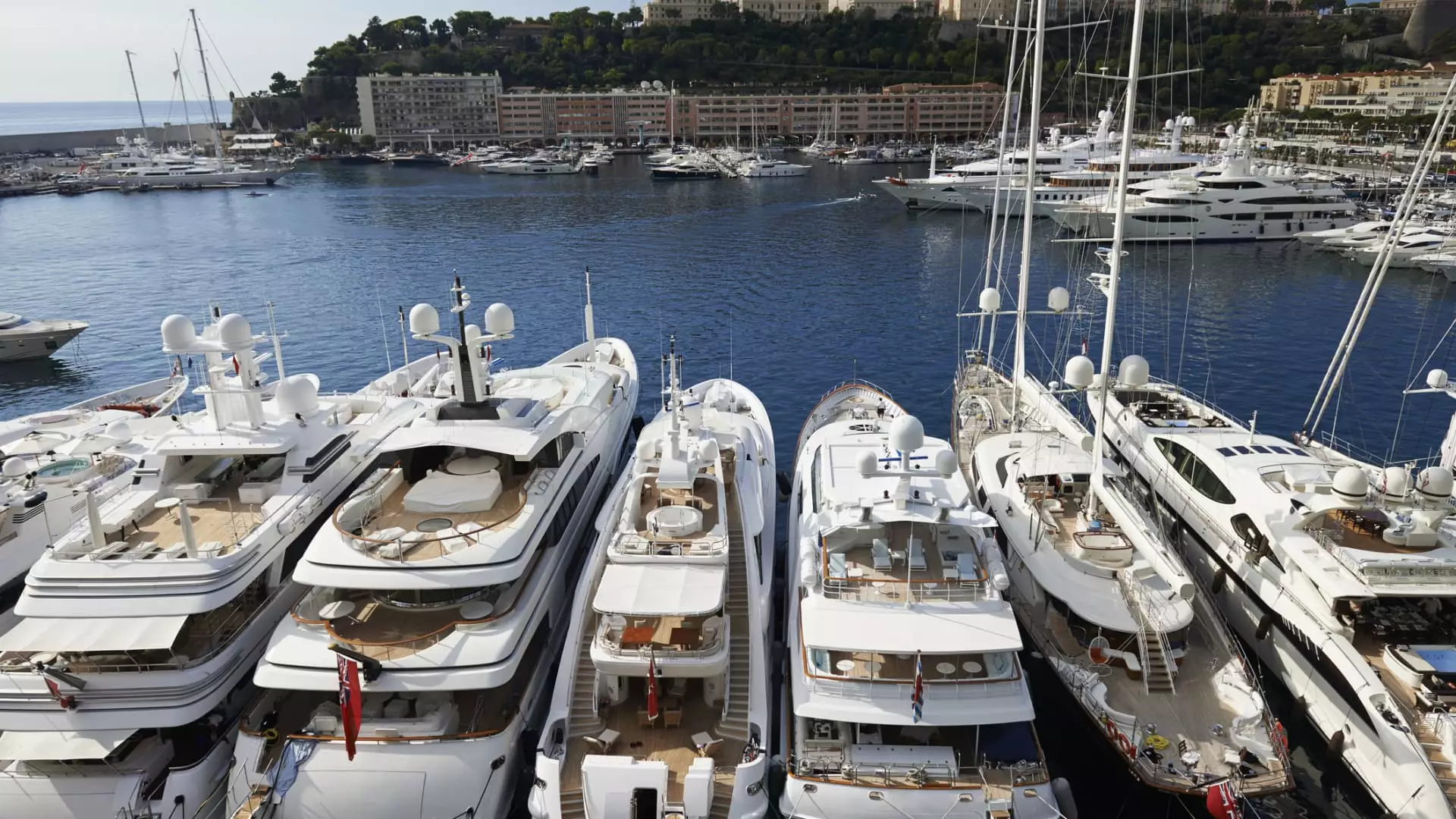The recent announcement of a 15% tariff on European-made recreational boats and yachts has cast a shadow over the high-end maritime industry, exposing its vulnerabilities and raising questions about the future of luxury boating in a polarized economic landscape. While the European boatbuilding sector mourns the potential decline in exports to the world’s largest market, the complicity of wealthy consumers and shrewd brokers sets the stage for a game of strategic evasion rather than straightforward market adaptation. This policy shift reflects a broader tension: the push and pull between protectionist policies and the globalized nature of luxury consumption. Ultimately, this tariff escalation reveals a fragile equilibrium, threatening to deepen the divide between American and European yacht markets, while exposing how the wealthy elite are likely to maneuver around costly new taxes rather than abandoning their opulent lifestyles.
The Economics of Evasion in a High-Stakes Market
Despite the perception that the ultra-wealthy can absorb additional costs—since a $10 million yacht only needs to increase by 15%—the broader economic consequences are far more nuanced. For one, the premium buyers pay does matter; especially when the cost can be “yanked” by tariffs if their yacht is registered or imported directly into the U.S. market. Many of these buyers are already engaged in high-stakes negotiations with shipbuilders, recalibrating their decisions amid an uncertain tariff landscape. Instead of accepting higher costs, they are likely to explore creative workaround strategies, such as registering their vessels in countries like the Cayman Islands or Malta, where the cost of registration (substantially lower than the added tariffs) can offset some of the additional expenses.
This tactic of “foreign flagging” demonstrates a pragmatic response by the wealthy—using legal loopholes and logistical shrewdness to maintain their access to luxury assets while minimizing costs. It also underscores a disturbing truth: economic policies designed to protect domestic industries often push consumers and investors toward more complex commercial arrangements designed to circumvent restrictions, ultimately undermining the policy’s original intent.
The War Between U.S. and European Shipbuilders—Who Wins and Who Loses?
The European shipbuilding industry faces a significant challenge in defending its market share, given its current dependence on the U.S. for export revenues. While European builders are expressing concern, the stakeholders in the U.S. market are likely to benefit in the short term. Domestic yacht manufacturers such as Westport, Trinity, and Burger Boat Company stand to see increased demand as wealthy Americans seek alternative sources and solutions within U.S. borders. The tariff thus acts as a potential catalyst that might redraw the competitive landscape, favoring U.S. builders over their European counterparts.
Furthermore, the slump in pre-owned yacht sales post-Covid was already a problem for the industry. Now, with potential tariffs adding uncertainty, many brokers hope that a shift toward domestically registered vessels could help bolster U.S. yacht sales. This could lead to a bifurcation within the luxury yacht market: a clear divide between the “haves” able to navigate around tariffs through strategic registration practices and the “have-nots” left with fewer options, paying higher costs or settling for smaller or less luxurious vessels.
The Class Divide in Yacht Ownership and the Future of the Luxury Market
The most profound consequence of the tariffs may be their role in intensifying class-based disparities within the already exclusive world of yacht ownership. Larger, more expensive superyachts are better positioned to exploit the loopholes—those under 45 feet or with simple installations are less likely to benefit from foreign flagging, thus bearing the brunt of new tariffs. This inequality will deepen the gap between the ultra-wealthy and those with slightly less means but still part of the luxury class, as the latter may be forced to pay higher import taxes or settle for smaller vessels.
This policy-driven stratification could redefine the consumer landscape, creating a hierarchy where the super-rich remain insulated from economic constraints due to their ability to manipulate international regulations. Such a scenario reflects a broader trend in center-right economic philosophies, where market flexibility and individual enterprise are favored over heavy-handed protectionism. Yet, even within this framework, the tariffs risk creating market distortions that could ultimately backfire, fostering private strategies and international shuttling that undermine the very policies meant to support domestic industry.
Without question, this new tariff regime signifies a turning point. If sustained, it may foster a more fragmented, inequality-driven yacht market—one where clever maneuvering replaces innovation, and where genuine affordability and fairness are swept aside by strategic tax avoidance. The wealthy will continue to find ways around tariffs, further insulating themselves from policy impacts in a game that ultimately favors privilege over equitable market development.

